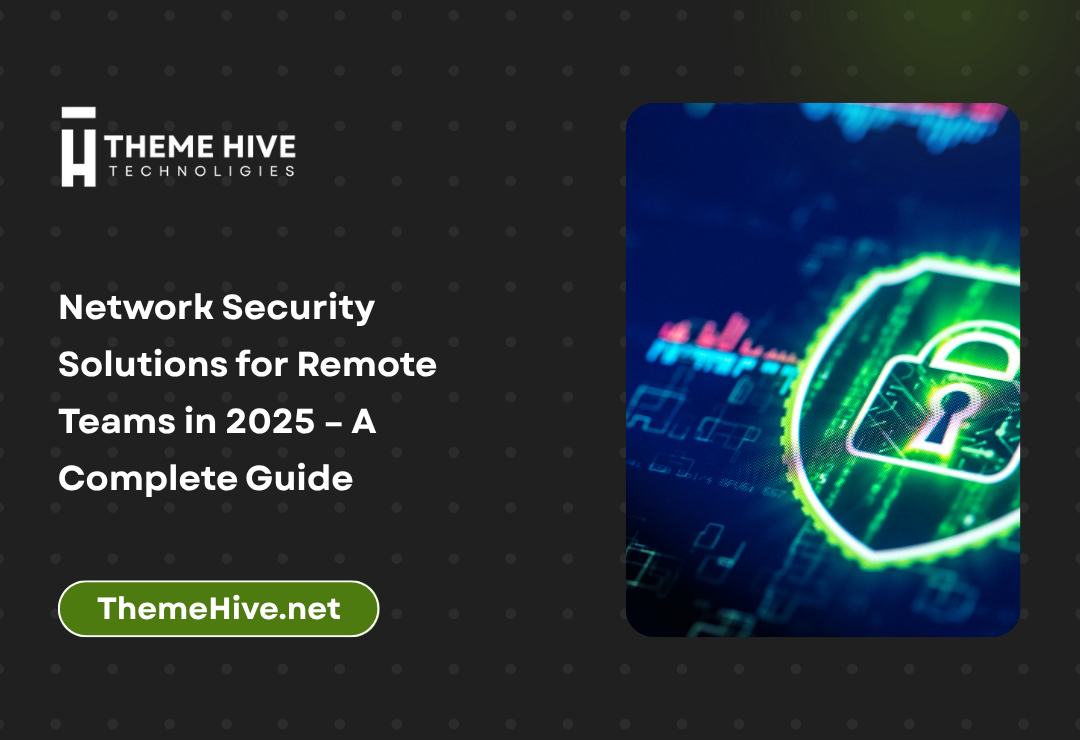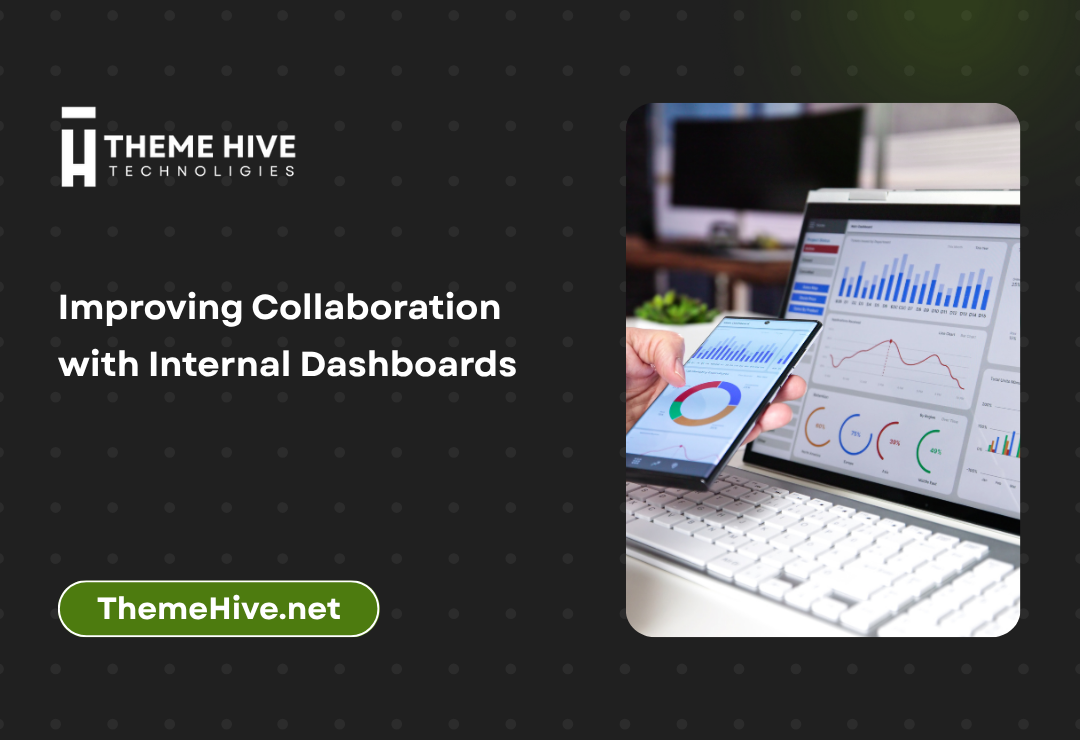As businesses continue to digitize and the pace of technological advancement accelerates, choosing the right tech stack in 2025 is more critical than ever. The tech stack you select influences your product’s performance, scalability, maintainability, and the speed of development. It can also significantly impact user experience, developer productivity, and operational costs.
In this guide, we’ll explore the essential factors to consider, the most relevant technologies to evaluate, and expert strategies for selecting a future-proof technology stack that aligns with your business goals.
What Is a Right Tech Stack?
A technology stack (or tech stack) is the combination of programming languages, frameworks, tools, and technologies used to build and run a software application. It typically includes:
- Frontend technologies (user interface)
- Backend technologies (server-side logic and databases)
- DevOps tools (CI/CD, testing, monitoring)
- Cloud platforms or hosting services
Factors to Consider When Choosing a Right Tech Stack in 2025
1. Project Requirements and Goals
- What is the project’s size and complexity?
- Does it require real-time features, AI, AR/VR, or blockchain?
- Will it be mobile-first, cross-platform, or web-based?
2. Scalability Needs
A modern stack should support both vertical and horizontal scaling. Cloud-native architectures, microservices, and container orchestration (e.g., Kubernetes) are vital for future scalability.
3. Performance Expectations
Choose tools that deliver fast load times, low latency, and high throughput. Consider in-memory databases, serverless functions, and edge computing for optimized performance.
4. Security Compliance
Ensure your stack supports modern encryption, authentication, and complies with regulations like GDPR, HIPAA, or PCI-DSS.
5. Team Expertise and Ecosystem
Evaluate the skills of your developers and the availability of talent in the market. Choose a stack with strong community support, active development, and accessible documentation.
6. Budget Constraints
Open-source tools can reduce costs, but sometimes enterprise-level platforms offer better support and features. Make sure licensing and maintenance costs are transparent.
Frontend Technologies to Consider in 2025
- React.js: Still dominant, widely supported, and ideal for complex SPAs.
- Vue.js 4: Gaining traction for its simplicity, reactivity, and performance.
- Svelte: A compiler-based framework offering exceptional speed and minimal bundle sizes.
- WebAssembly (WASM): Use for high-performance apps like games or video editors.
- Tailwind CSS / Chakra UI: Utility-first and component-based styling tools respectively, enhancing development speed.
Backend Technologies to Watch
- Node.js (JavaScript): Popular for real-time apps and microservices.
- Deno: Secure, modern alternative to Node.js.
- Go (Golang): Ideal for building high-performance APIs and cloud services.
- Python (FastAPI): Great for AI/ML, rapid prototyping, and simplicity.
- Rust: Gaining adoption for performance-critical and secure systems.
- Elixir + Phoenix: For real-time apps with extreme scalability (e.g., messaging apps).
Database & Storage Solutions
- PostgreSQL: A feature-rich, reliable relational database.
- MongoDB: Flexible NoSQL option ideal for dynamic schema projects.
- Redis: In-memory storage for caching and speed optimization.
- PlanetScale: Scalable MySQL-compatible serverless database.
- Neo4j: Leading graph database for complex relationships (e.g., social networks).
Cloud & DevOps Tools
- AWS / Azure / Google Cloud: Still the leading cloud platforms for hosting and compute services.
- Docker & Kubernetes: Standard tools for containerization and orchestration.
- Terraform / Pulumi: Infrastructure as Code (IaC) tools for consistent provisioning.
- CI/CD Platforms: GitHub Actions, GitLab CI, CircleCI, and Bitbucket Pipelines.
- Monitoring & Observability: Prometheus, Grafana, Datadog, and New Relic.
AI, Data & Analytics Integrations
- TensorFlow.js / ONNX Runtime: For integrating machine learning in web apps.
- Apache Kafka / RabbitMQ: Event streaming and messaging systems.
- Looker / Tableau: Data visualization and business intelligence platforms.
- BigQuery / Snowflake: Modern data warehousing tools.
Low-Code & API-First Options
- Outsystems / Retool / Appgyver: Great for rapid internal tools.
- Hasura / Supabase: Backend-as-a-Service for instant APIs.
- Strapi / Contentful / Sanity: Headless CMS options for structured content delivery.
Best Practices for Choosing the Right Stack
- Map Business Goals to Tech Capabilities
- Don’t chase trends—align stack selection with clear outcomes.
- Start Small with MVP
- Use lean tools for fast prototyping. Evaluate and pivot as you learn.
- Validate with Benchmarks
- Test different stacks in staging before full deployment.
- Prioritize Maintainability
- Use popular, well-documented technologies with active communities.
- Consider Ecosystem Lock-In
- Avoid overly proprietary tools that hinder flexibility or portability.
- Review Case Studies and Industry Benchmarks
- Learn from leaders in your industry or vertical.
How Theme Hive Can Help
At Theme Hive, we help businesses evaluate and implement the right tech stacks for scalable success. Our Services include:
- Custom web and mobile development
- PWA architecture
- DevOps and infrastructure setup
- Technical strategy and consulting
Browse our News Articles or Contact Us to discuss your 2025 tech vision.
Conclusion
Choosing the right tech stack in 2025 is a balance of strategic foresight, technical compatibility, and user-driven priorities. With new frameworks and tools emerging constantly, staying focused on long-term business goals while maintaining technical flexibility is key.
Whether you’re building a SaaS platform, mobile app, e-commerce site, or AI-enabled solution, your tech stack lays the foundation for innovation, reliability, and growth.
Right Tech Stack







